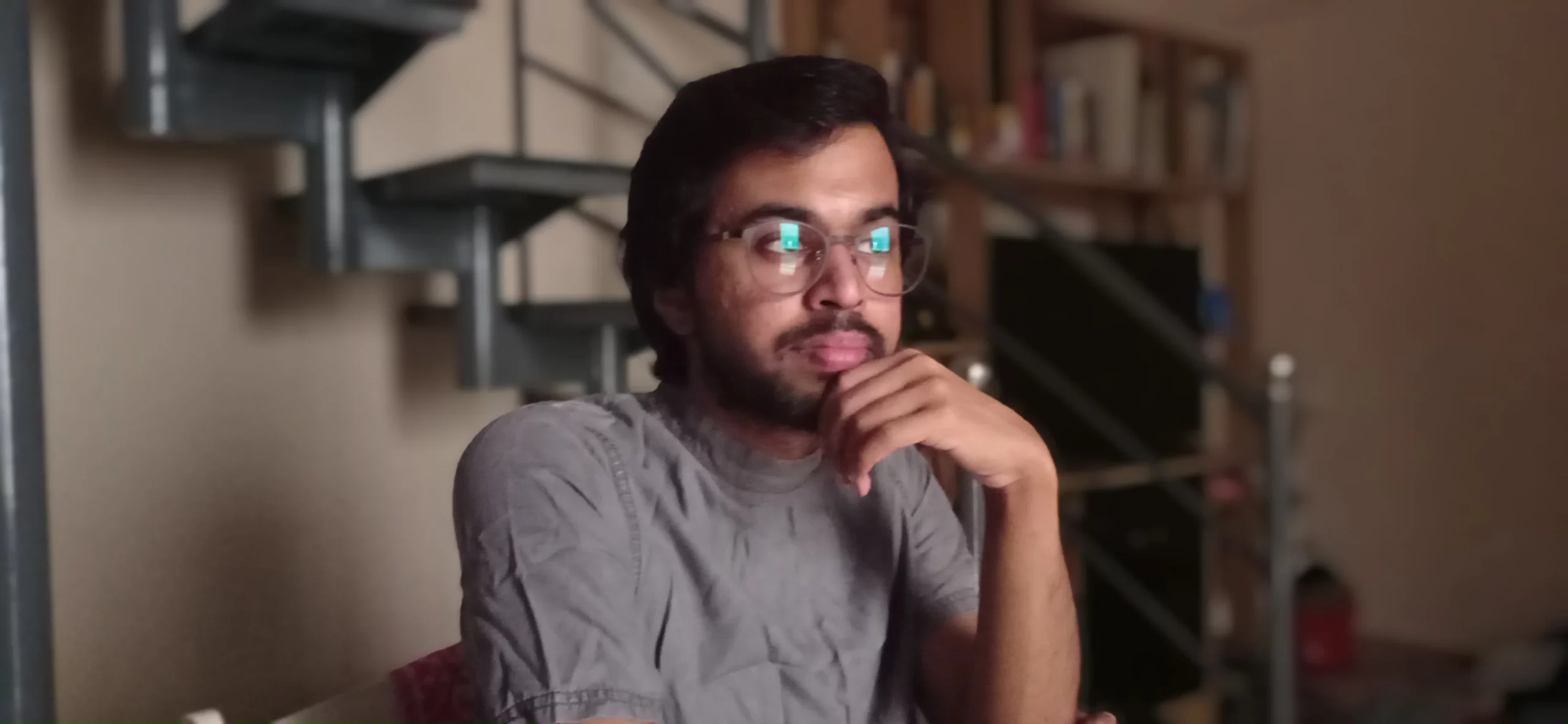Parents and Risking Binary
One of the countable joys that a doctor feels is the moment of giving the good news to a couple who have become parents. The child comes to the world, bringing with it responsibilities and priorities for the couple. As the mother pushes out the baby, with the angst of having it alive, in good health, in the good body, she also wonders (as should be the case) about the ‘gender of the child’. Some well-off parents can make arrangements for their child before the month of delivery based on this factor. Next, when the process is successfully conducted, the organ between the two tiny legs of the little body becomes the determinant for the child’s to-be future.
The parents are given the news, whether it be a ‘son’ or a ‘daughter.’ The enthusiasm and the relief found together at this moment leave one unarmed. The parents fall trap in a vicious cycle. They inevitably become subject to the same system, which was predominant during their coming into this world too. They fail to consider if it is a son or a male child; or if it is a daughter or a female child. This idea becomes the preamble of the opinion that shall follow. The opinion does not hold any power to generalize but claims certain common practices as problematic for the child. The views do not provide a guide for good parenting but decode certain imprudent practices existing even in the present world of the rainbow.

Systematic Codification
The system of binary has been claimed to be the foundation of society for a long. These claims come from different arguments like it is natural for a man to fall for a woman. The arguments also derive their explanation from the evolutionary principle, having a religious touch, that man and woman created the world as it is by their procreation. For contemporary times the arguments had to be modernized. They had to be mature to criticize the present challenges. Thus, statements were framed to bar adoption by ‘unnatural’ couples. The sanction was provided to ‘decriminalize’ the ‘other,’ but not necessarily, give them legal rights.
Claims with authority made headlines that marriage is a sacred institution and should not be conducted by ‘defying’ the rituals and beliefs of a community. The oppositions and justifications placed by the system in place provide a good reference to any researcher to understand the systematic way of organizing an entire thesis about the validity and the reality of the binary. It provides exhaustive material to derive inspiration to frame better codes and programs for fool-proof systems. The language of the technology was practiced by the system long before the computer met the century.
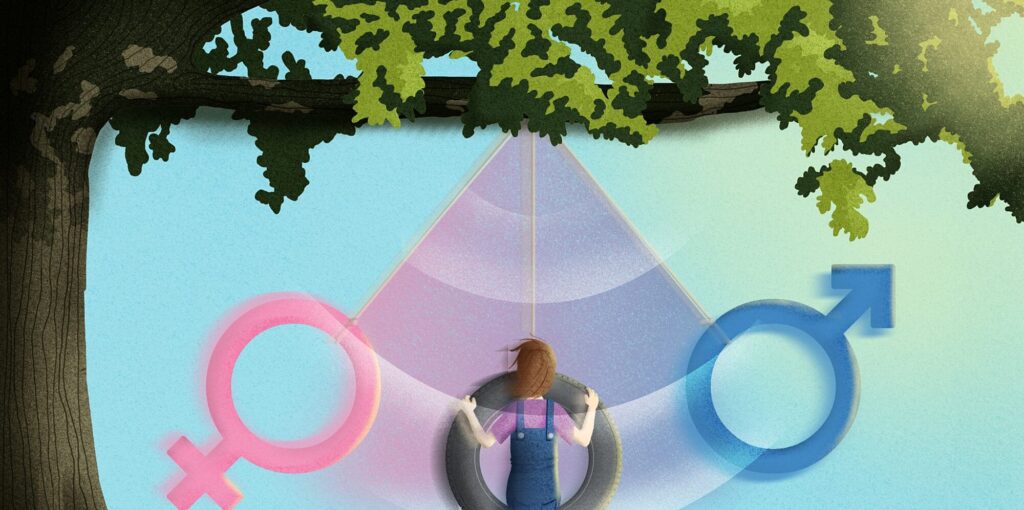
Scope to question the ‘codes of ethics’
With the pace of time, the language was able to establish as the norms, and the norms became the practice, and the practice became the habit of the doctor stated at the start. But it still leaves space to further curiosity. As any good research should, this binary system has aroused questions in the young minds about possibilities. The possibility to be beyond the binary language, the possible scenario to be a ‘third’ vocabulary in the dictionary at par with man and woman. It has given reasons to the present century to examine the present thesis of the ‘societal experts,’ our elders, and dive into the further scope of this broad title – Identity.
Within the same work, one of the primary concerns possible to be marked is the parenting environment for a child beyond the binary ‘code of ethics.’ The list of regulations placed in front of the parents of the present generation and probably the upcoming generation do not provide any explanations for the instances, which do not adhere to them. The codes do not provide any scope to examine them onto a different platform, where a man falls in love with a man, or a male identifies as a woman, or a child is gifted with the male and the female halves in its body. For these, the code provides solutions from its own justifications.
Counselling, isolation, ostracization, legal marginalization, factual dehumanization, and the list of do’s goes on as one would encounter the news headlines. Thus, a list of do’s and don’ts become important to challenge and counter and replace the old social contract with a truly modern deal.
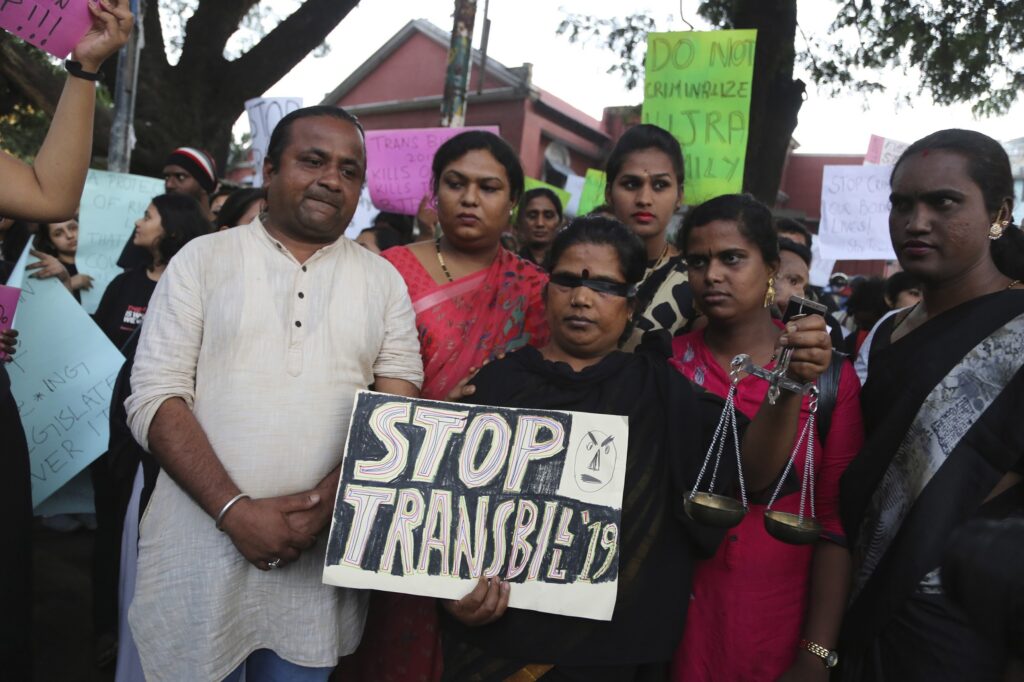
Challenge from the medical ‘scholarship’
For new parents, it is important to be careful of the medial structure at first. They should be cautious about saving their child from becoming an assumed subject of the socially sanctioned identification process. They should mark the qualification of the doctor in terms of their sense of identity as an individual. The presence of the white coat indicates peace and humanity for which the doctors are supposed to stand. However, it could also mean a tendency to uniform the seven different colors of identities.
On their personal fronts, parents need to be cautious against the systematic approach by society to put their child through the filtering process. Like water, people can pass the child through the filters to guarantee ‘pure product’ for society. They could provide incentives to lure the parents into accepting their filtering process by providing ‘researched’ facts, ‘cultural’ evidence, and elderly ‘guidance,’ which can be disguised layers of the system. The true nature of these layers can be marked in their ability to cut and copy the ‘code of ethics’ on the child’s forehead, by continuous engagement into its private space, or by ‘gendered’ incentivizing. The gifts given out of affection can drive the child or dress the child as per the ‘wise’ minds of the family.
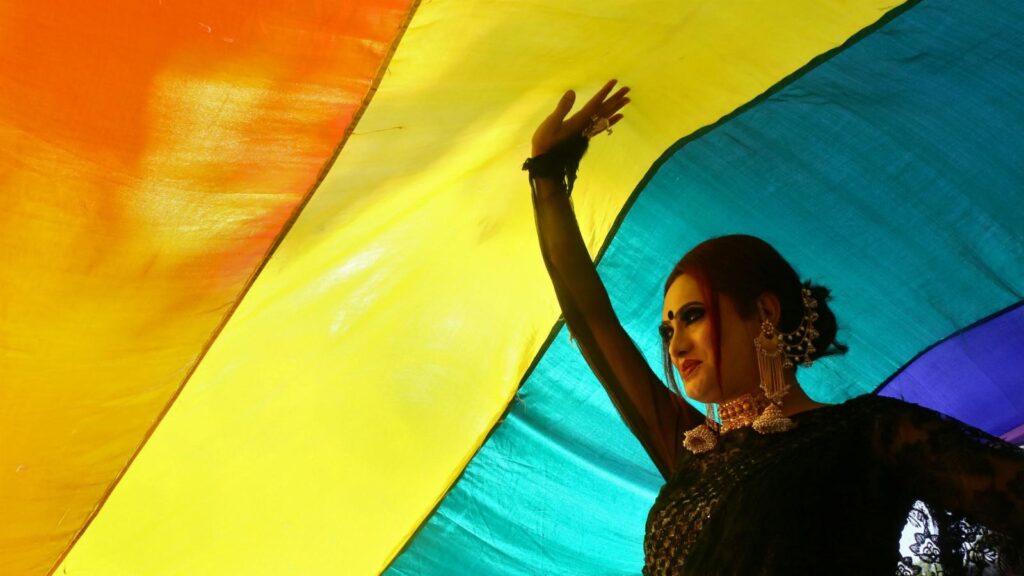
‘Social compartments’ incentivized
With the child’s development, the parents would also have to develop to encounter newer challenges. They need to be careful of their child’s first step into the system. They could be lured into accepting the ways of the larger society by different interactions and ‘reinforcements’. Society can reinforce and reiterate the need to be a ‘good boy’ and a ‘good girl’ by utilizing its scholarly disguise. One of the concerns that the youth can face today, is the lack of conversation in the family when the binary fails them. Thus, it becomes important for the parents to keep at a distance such a subjugating entity, which can bring an irreparable drift into their private space.
Hereby, the parents become responsible for the child’s questions. The child might not be the gender as per the sex given to them by some covert biological arrangement. The child can be the identity chosen by them/him/her. The child can be a son/daughter/a child. Their accountability lies in the situation where the child intends to kiss a man, or drool over an actor, or does not feel any attraction towards a toy meant for ‘him’ or supposed to be for ‘her’. These seemingly (and supposed to be) non-living pieces of the family dynamics gain life in the discussions when gifted to reinforce behavior or to establish the validity of the old thesis of the binary.
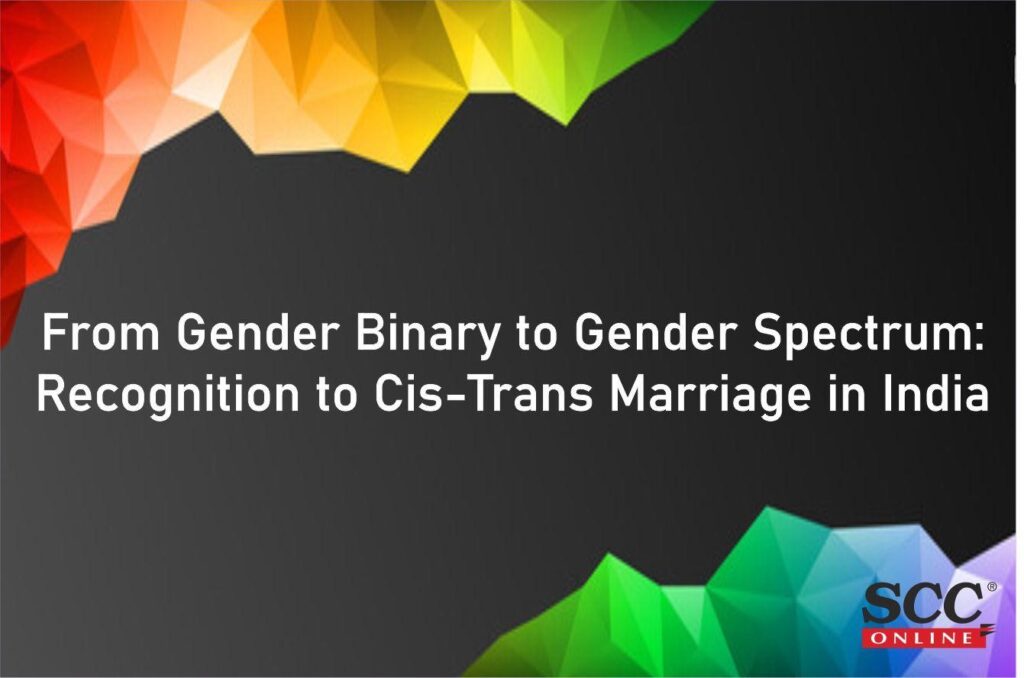
Encountering public-private wardrobes
Crossing all these hurdles, the parents can still confront a failure in their parenting, when the society will merge with their family. A child might not be the sex as they were born. The forms of code that parents will encounter in such a situation would be emerging from the systematic world of the wardrobe. The statement made by an individual by a wardrobe should never be discounted. The wardrobe contains the identity of the individual in its manifestations. Someday it could be a man with jeans and a shirt or a man in a sari or suit. Someday it could be a woman in a tuxedo or a woman in a top and skirt. Someday it could be an individual with a shirt and a long skirt, walking tap-tap on the ashes of the burnt codes.
The new parenting will be challenged here by the ghosts of the system. The wardrobe will make its presence felt again in the public space in the changing room. The coded doors are the entrance one makes into the compartments made for each person who is ‘part of the social harmony’. It is to ensure that no man harasses a woman or no woman mocks a man. But yet, here, it leaves out a male woman and a female man. It leaves out the third, equally valuable member of the society to maintain the status quo. Thus, the new parents would confront the question if they can stand outside the door chosen by their child for try-outs.
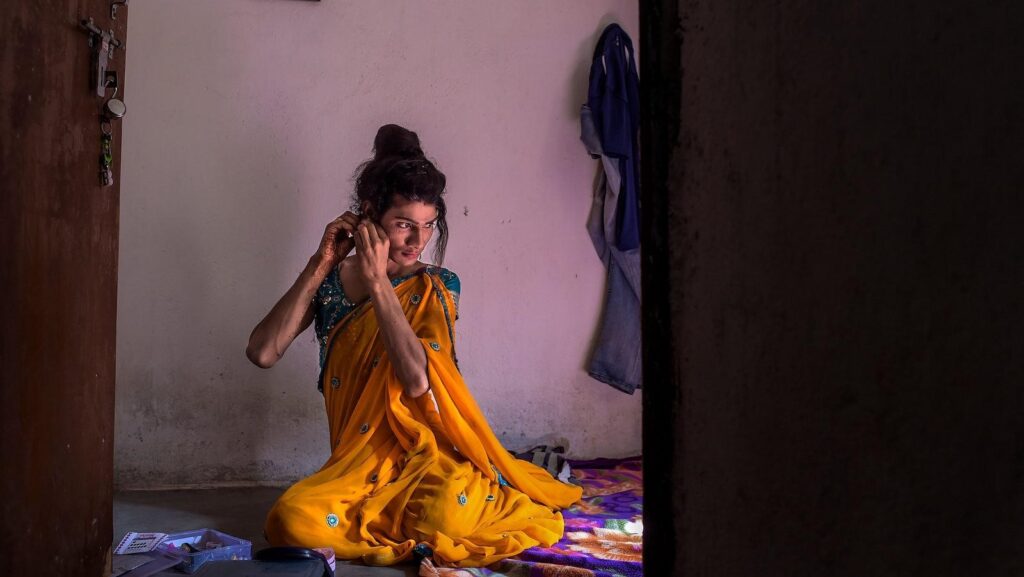
Conclusion
The humble opinion has not stated any statistical figures or factual points for the stated challenges in-waiting for the next generation parents and the present generation parents. However, the claims are based on experience and sound conscience to re-define harmony, being conscientious to all its stakeholders.
Featured Graphic Designer: Vijaya Srivastava
Author
